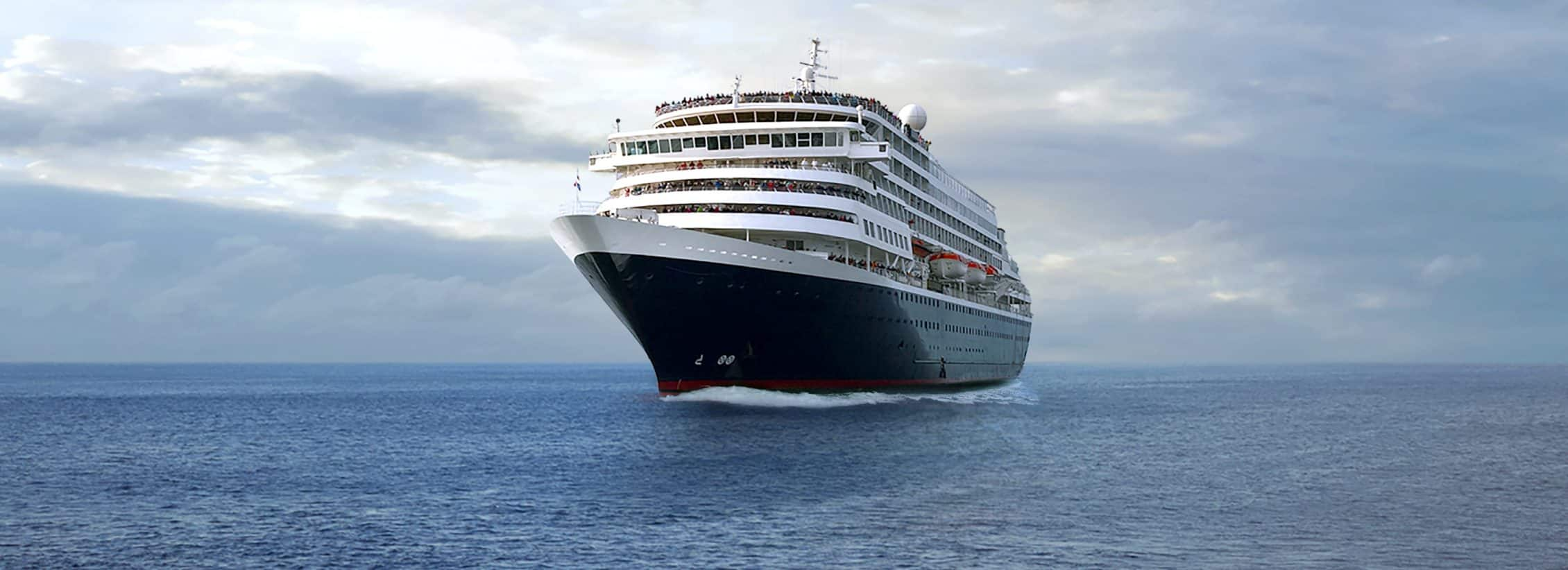Jeju, formerly Cheju, may not be familiar to most Americans, but for Korean travelers the country’s largest island and home to one of 12 UNESCO World Heritage Sites is a popular destination. The island is roughly the size of Maui and has much in common with the Hawaiian islands. Like them, it is a volcanic island—it first emerged from the sea some two million years ago and the volcano Hallasan, which reaches a height of 1,950 meters, is the tallest peak in South Korea. It also shares the mild subtropical climate of Hawaii—even in winter, temperatures rarely drop below freezing—and offers a similar broad range of activities whether in the warm ocean water or exploring the island’s interior on well-marked and maintained trails.
Jeju has long been known as the "Island of Gods" after a legendary lost race from whom the island’s inhabitants are said to have descended. Perhaps this history helps explain the super-human feats of the haenyeo, women divers who harvest abalone from the sea floor without the use of scuba gear. Remarkable giants can still be spotted here with humpback and orca whales common in this part of the East China Sea.



